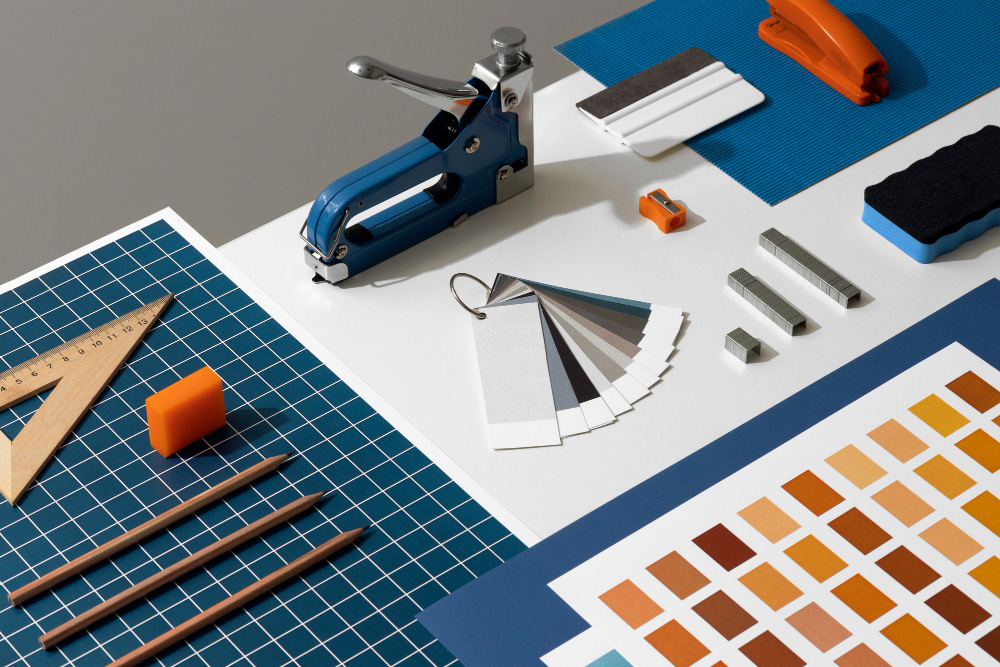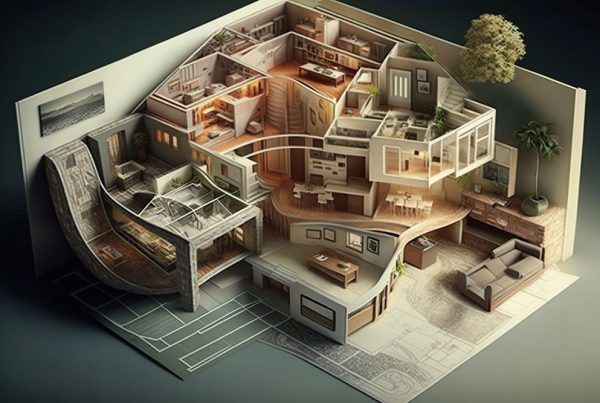In today’s fast-paced digital landscape, the world of interior design is undergoing a profound transformation, thanks to the emergence of e-design. This innovative approach to interior design leverages technology to deliver virtual design services, offering homeowners and design enthusiasts access to professional design expertise from the comfort of their own homes. In this article, we’ll explore the rise of e-design and how it’s revolutionizing the way we approach interior design in the digital age.
The Birth of E-Design:
E-design, short for electronic design, has its roots in the early days of the internet, where designers began offering virtual design consultations and mood boards via email. Over time, advancements in technology, including high-speed internet, digital rendering software, and communication platforms, have propelled e-design into the mainstream, making it more accessible and interactive than ever before.
Accessibility and Convenience:
One of the key benefits of e-design is its accessibility and convenience. With just a few clicks, homeowners can connect with experienced designers from around the world, eliminating the need for in-person consultations and site visits. Whether you’re located in a bustling city or a remote rural area, e-design allows you to access top-notch design services without ever leaving your home.
Cost-Effectiveness:
E-design offers a cost-effective alternative to traditional interior design services, making professional design expertise more attainable for a broader range of clients. By operating in a virtual space, designers can streamline their workflows, reduce overhead costs, and pass those savings onto their clients, making e-design an attractive option for budget-conscious homeowners.
Flexibility and Collaboration:
E-design fosters a collaborative approach to design, allowing homeowners to play an active role in the design process. Through virtual meetings, emails, and online platforms, designers and clients can exchange ideas, share inspiration, and collaborate on design concepts in real-time, resulting in spaces that truly reflect the client’s vision and lifestyle.
Customization and Personalization:
Despite its virtual nature, e-design offers a high level of customization and personalization. Designers work closely with clients to understand their preferences, style, and functional needs, tailoring design solutions to suit their unique tastes and requirements. From selecting furniture and finishes to arranging layouts and accessories, every aspect of the design is carefully curated to create a space that feels distinctly personal and inviting.
Visual Communication:
One of the hallmarks of e-design is its emphasis on visual communication. Through mood boards, 3D renderings, and virtual room tours, designers can convey design concepts and ideas with remarkable clarity and precision, helping clients visualize the end result before any work begins. This visual approach enhances communication, minimizes misunderstandings, and ensures alignment between the designer and client every step of the way.
Expanding Design Horizons:
E-design opens up new possibilities for design exploration and experimentation. With access to a global network of designers and resources, homeowners can explore diverse design styles, trends, and influences from around the world, expanding their design horizons and discovering new ways to express their personal aesthetic.
Sustainability and Eco-Friendly Design:
In an era of increasing environmental awareness, e-design promotes sustainable and eco-friendly design practices. By leveraging digital tools and resources, designers can reduce paper waste, minimize carbon emissions from travel, and incorporate sustainable materials and products into their designs, helping to create healthier and more environmentally responsible living spaces.
Challenges and Opportunities:
While e-design offers many benefits, it’s not without its challenges. Designers must navigate issues such as establishing trust with clients in a virtual environment, managing expectations, and ensuring clear communication throughout the process. However, with the right approach and mindset, these challenges can be overcome, opening up exciting opportunities for growth and innovation in the field of interior design.
Conclusion:
The rise of e-design is transforming the landscape of interior design, offering a convenient, cost-effective, and collaborative approach to creating beautiful and functional spaces in the digital age. By harnessing the power of technology, e-design is democratizing design, making professional expertise more accessible and empowering homeowners to transform their homes with confidence and creativity. As the e-design movement continues to gain momentum, it’s clear that the future of interior design is virtual, inclusive, and brimming with possibilities.






